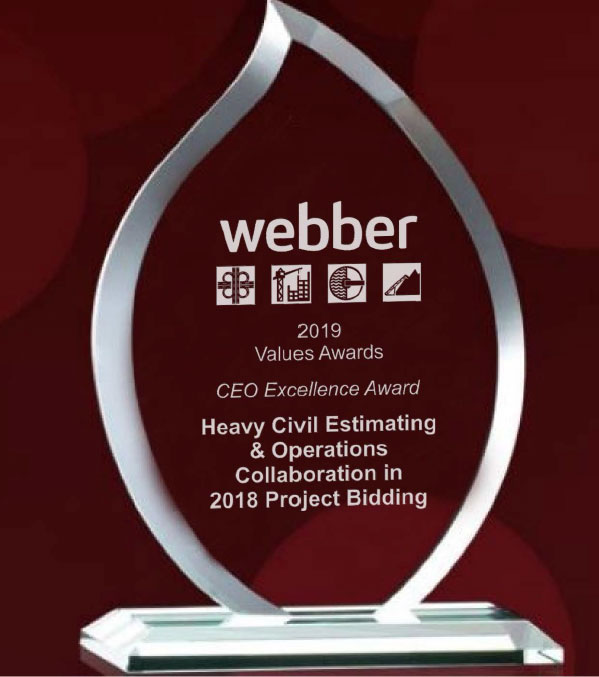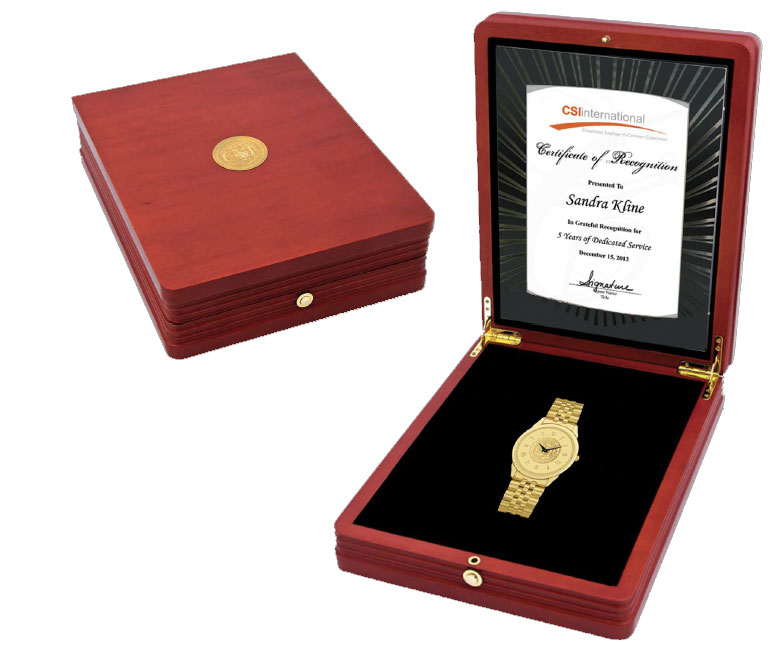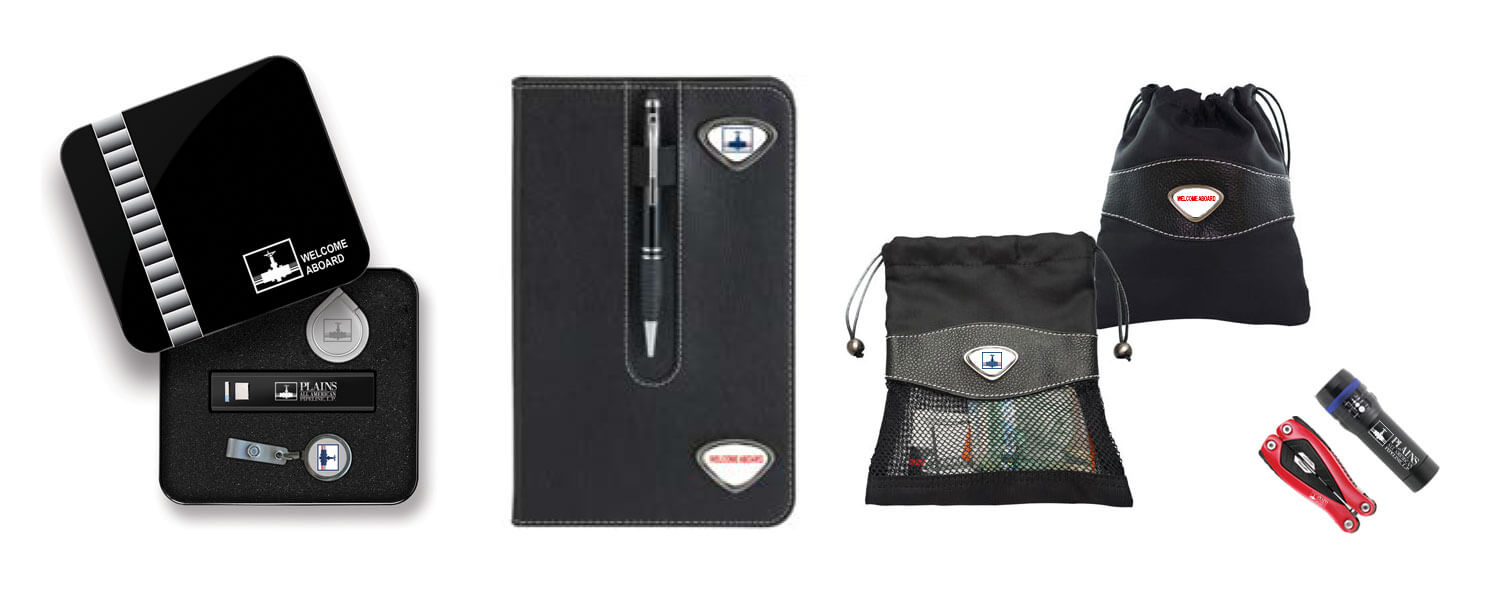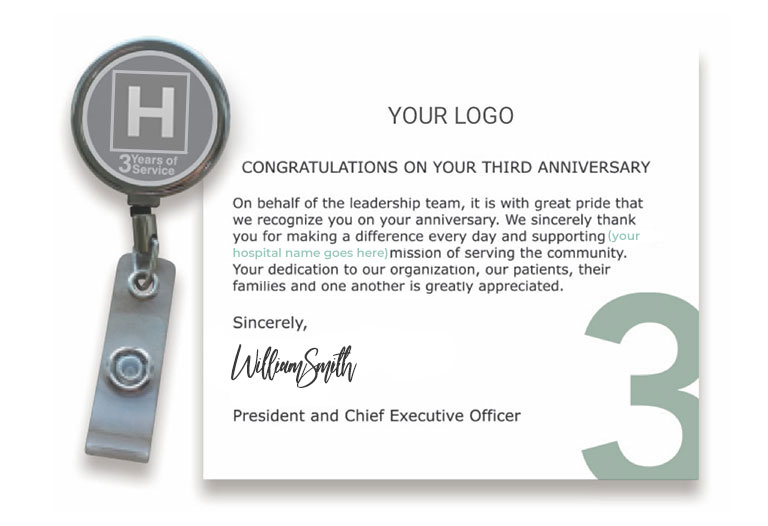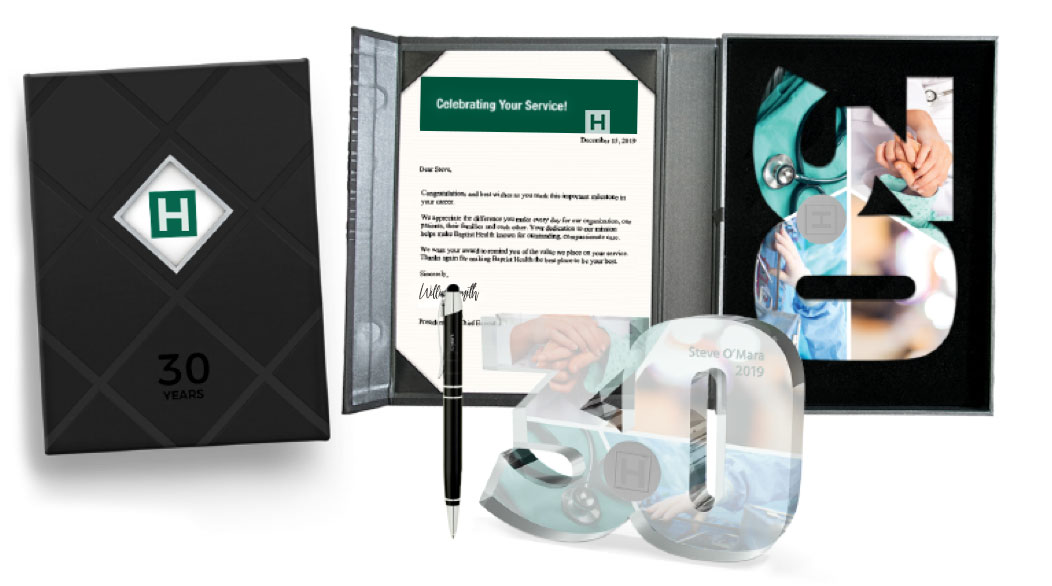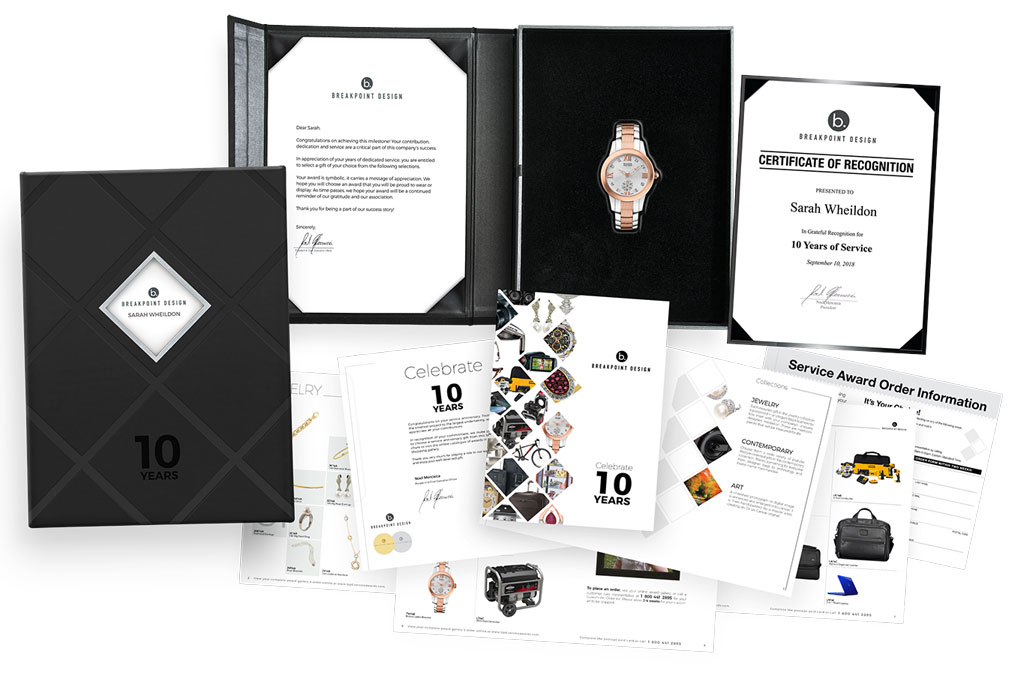Recognition versus Praise
Where do you stand?
When providing feedback to employees, do you say “Good job!” or do you recognize specifics?
In our last blog, we discussed Stanford psychologist Carol Dweck’s growth versus fixed mindset theory championed in “The New Psychology of Success”. To reiterate: organizations with a growth mindset encourage employees to try new things, challenge themselves, and learn from their mistakes. Fixed mindset businesses believe people are born with a certain level of intelligence, creativity et cetera so they respond by hiring “the best of the best.”
You can lead with a growth mindset by using recognition vs. praise to reinforce behaviors and encourage progress towards goals.
So, what’s the difference between recognition and praise?
Recognition involves specific feedback that promotes the positive behaviors you want practiced in your workplace whereas praise strokes the ego which is always nice, but ends up more generic and less actionable.
Consider a scenario in which your employee delivers a convincing presentation.
Recognition: “The way you visually communicated the pros and cons to the key stakeholders made the presentation clear, concise and was very well-received based on the comments made afterwards.”
Feedback like this gives specific information on the behaviors and actions demonstrated that led to a successful presentation. You are using a growth mindset by complimenting the employee for a new way of communicating the message. The employee feels motivated to do things differently and to be creative because of the specific and actionable feedback he/she received.
Praise: “Good job on that presentation!”
Praise is easier and is intended to portray the employee in a flattering light. Unfortunately, the effect is often the opposite. It’s a fixed mindset response, as the lack of description does not help the employee understand what worked well or its relationship to the outcome or perception of the presentation. As a result, praise is not nearly as effective and can even be de-motivating if the employee doesn’t view it as genuine.
How do I promote a recognition culture with a growth mindset?
Recognize your employees by linking their actions and behaviors to your core values via an informal or formalized recognition process.

Layer in posting specific employee feedback on, say, that employee’s effective presentation via a social newsfeed where other employees can read it, “like” it or “comment” on it.
You can do both with CSISTARS engagement and performance tools.
You know the saying, “What is seen gets repeated.” The more you recognize, the more others will too. Before you know it, this growth mindset will be motivating and engaging employees across the organization.
Can we give you a hand?
CSISTARS programs and rewards support organizations efforts in recognizing and rewarding the big and little things employees do everyday. Contact us for a free consultation!




